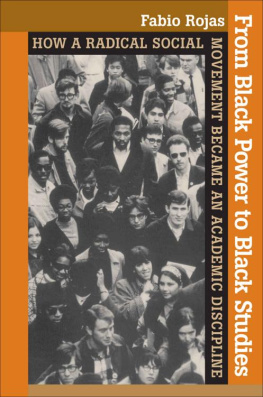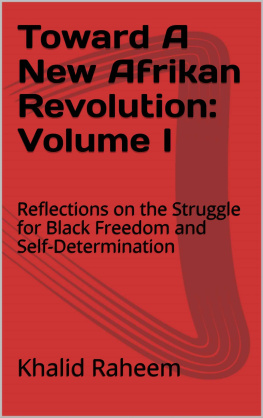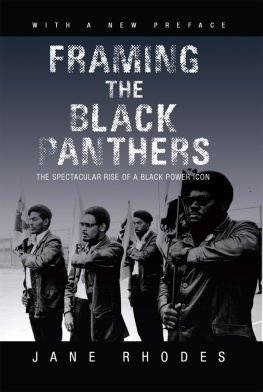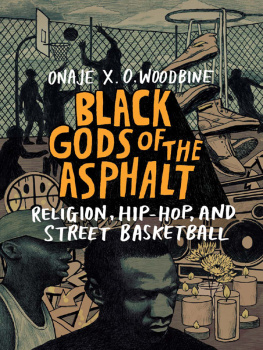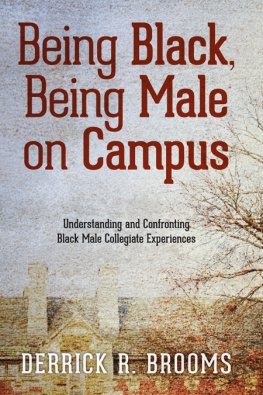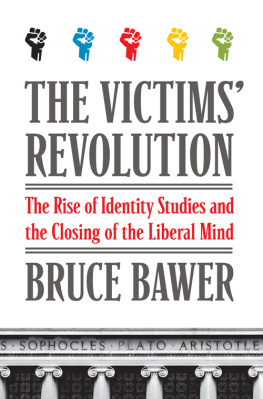The Black Revolution on Campus
The Black Revolution on Campus
Martha Biondi

University of California Press, one of the most distinguished university presses in the United States, enriches lives around the world by advancing scholarship in the humanities, social sciences, and natural sciences. Its activities are supported by the UC Press Foundation and by philanthropic contributions from individuals and institutions. For more information, visit www.ucpress.edu .
University of California Press
Berkeley and Los Angeles, California
University of California Press, Ltd.
London, England
2012 by Martha Biondi
Library of Congress Cataloging-in-Publication Data
Biondi, Martha.
The Black revolution on campus / Martha Biondi.
p. cm.
Includes bibliographical references and index.
ISBN 978-0-520-26922-4 (cloth : alk. paper)
1. African American student movements. 2. African American college studentsPolitical activityHistory20th century. 3. African AmericansEducation (Higher)History. I. Title.
LC2781.B38 2012
378.1982996073dc23 2012001211
Manufactured in the United States of America
20 19 18 17 16 15 14 13 12
10 9 8 7 6 5 4 3 2 1
In keeping with a commitment to support environmentally responsible and sustainable printing practices, UC Press has printed this book on Rolland Enviro100, a 100 percent postconsumer fiber paper that is FSC certified, deinked, processed chlorine-free, and manufactured with renewable biogas energy. It is acid-free and EcoLogo certified.
Contents
Illustrations
INTRODUCTION
The Black Revolution on Campus
Black young people feel they can change society, a minister in San Francisco observed in 1969. Now thats very important. Black students want revolutionary change in the basic institutions in this country, echoed a young politician. According to students in San Diego, Racism runs rampant in the educational system, while America, in a pseudohumanitarian stance, proudly proclaims that it is the key to equal opportunity for all. This is the hypocrisy, they declared, that our generation must now destroy.integration? Would they close, as happened to primary and secondary schools after Brown v. Board of Education?
With remarkable organization and skill, this generation of Black students challenged fundamental tenets of university life. They insisted that public universities should reflect and serve the people of their communities; that private universities should rethink the mission of elite education; and that historically Black colleges should survive the era of integration and shift their mission to community-based Black empowerment. Most crucially, Black students demanded a role in the definition and production of scholarly knowledge. These students constituted the first critical mass of African Americans to attend historically white universities. Deeply inspired by the Autobiography of Malcolm X and the charismatic leadership of Stokely Carmichael, yet shaken by the murder of Martin Luther King Jr., they were engaged in a redefinition of the civil rights struggle at a time when cities were in flames, hundreds of thousands of young Americans were at war in southeast Asia, and political assassination was commonplace. These were Malcolms children, and they were inspired by the slain leaders denunciation of American hypocrisy and his call for Black control over Black institutions. In essence, student leaders were turning the slogan Black Power into a grassroots social movement. For many of the young people in this book, it was a revolutionary, hopeful time, a time they were determined to shape. Their energy and idealism inspired Latino, Asian American, and progressive white students to launch and intensify their own campus crusades. The Black Revolution on Campus shows how students moved to the forefront of the Black freedom struggle and transformed American higher education, sometimes in unexpected ways.
There were two critical moments in the Black freedom struggle when students took the lead: 1960, with the lunch-counter sit-ins and creation of the Student Non-Violent Coordinating Committee (SNCC); and 1968, with the explosion of campus activism. Yet most studies of campus protest in the late 1960s focus on the white New Lefts opposition to the war in Vietnam. Black students, so prevalent in representations of the sit-ins, freedom rides, and voter registration drives of the early 1960s, virtually disappear in histories of the late 1960s. While the white student movement of the late 1960s has garnered much more attention, Black student protest produced greater campus change. In contrast to conventional wisdom, the most prevalent demand in the hundreds of campus protests in 19681969 was African American inclusion, not opposition to the Vietnam War. The centrality of race to campus uprisings of the late 1960s has been forgotten.
The students often faced harsh reprisals, including criminal prosecution and, particularly at historically Black colleges, violent police invasions. While their confrontational tactics and Black Power rhetoric alienated many, their achievements were impressive. Their efforts pushed colleges to formalize and expand affirmative action policies and provide greater financial aid, leading to a sharp jump in Black college enrollment in the 1970s. In essence, these student activists forced a permanent change in American life, transforming overwhelmingly white campuses into multiracial learning environments. The academic community would never be the same. Reflecting the rights consciousness of the era, Black student activists asserted a right to attend college, especially public ones. Moreover, student protest stimulated demand for Black faculty and sparked the desegregation of college curricula with the creation of hundreds of African American studies departments and programs.
In the style of social movement history, the first five chapters tell the dramatic story of the Black student movement at selected campuses across the country. Every region in the country was part of this story, so every region has a chapter, including the South, with its historically Black colleges. The last three chapters explore the outcomes of the Black student movement, focusing in particular on the early formation of Black studies in traditional academic settings, as well as its influence on community-based initiatives. The Black Revolution on Campus combines activist history and intellectual history in order to show the critical linkage between the student movement and changes in university culture in the United States. It is imperative to understand the two in tandem. I chart the rise of an academic discipline that has widely influenced intellectual production in the United States even though, in the eyes of some of its founders, Black studies has failed to realize its radical potential. For many students and scholars, Black studies signified the inclusion of the histories and cultures of African-descended people, taught from the perspective of Black scholars, in the curriculum of higher education. But for many others, Black studies meant more than the creation of a new academic discipline. It began with the utopian vision of a constant stream of young black people from the colleges and the universities helping ghetto dwellers to achieve Black Power and to transform their neighborhoods.
The thousands of African American students in the United States who engaged in sit-ins, demonstrations, picket lines, and campus strikes In many respects, the broader desegregation of institutions of higher education in the American North and West was won by the children of southern migrants and constitutes another legacy of the twentieth centurys massive internal migration.
Next page

